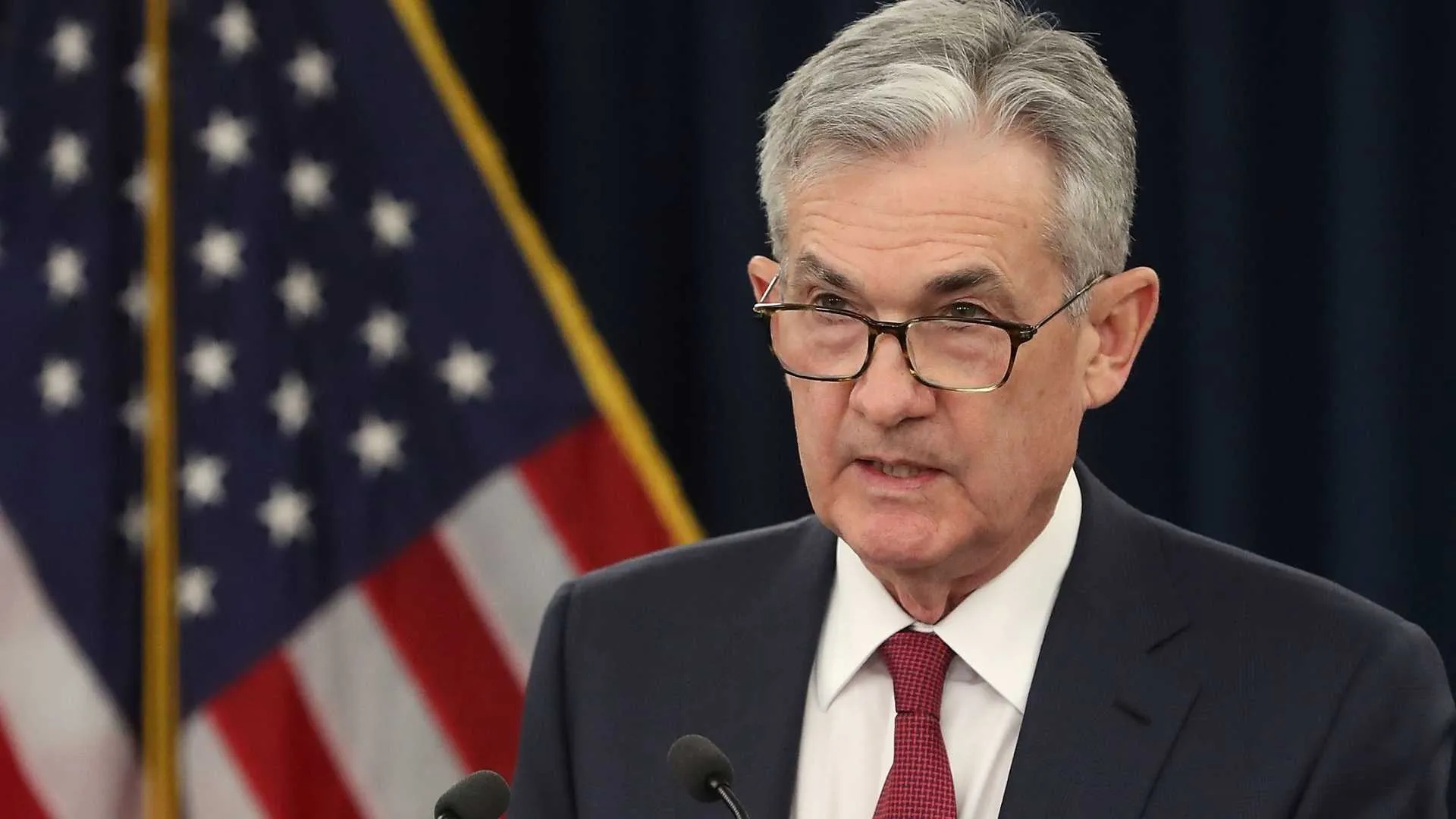Federal Reserve Chair Jerome Powell has issued a stark warning that President Donald Trump’s escalating tariff policies are likely to raise consumer prices while simultaneously slowing down economic growth — a combination that could push the U.S. economy toward stagflation, one of the most challenging scenarios for central bankers.
In a speech delivered at the Economic Club of Chicago on Wednesday, Powell said, “Tariffs are highly likely to generate at least a temporary rise in inflation,” noting that the impact on prices could linger depending on how long it takes for the costs to fully pass through to consumers.
Tariffs at Odds With Trump’s Pledge to Lower Prices
The comments come as President Trump, who had campaigned on promises to curb inflation and reduce the cost of living for Americans, continues to impose sweeping tariffs. Powell, however, signaled that these very policies could end up doing the opposite.
The Fed chief said Trump’s tariff regime has already been “significantly larger than anticipated,” and warned that the economic consequences would also be broader than expected. “The same is likely to be true of the economic effects, which will include higher inflation and slower growth,” Powell said.
Stagflation: A Central Banker’s Worst-Case Scenario
The phenomenon Powell is describing—where inflation rises even as economic output slows—is known as stagflation. It’s considered a nightmare for policymakers because it presents a catch-22: raising interest rates to fight inflation can worsen unemployment, while lowering rates to stimulate growth can drive inflation even higher.
“We may find ourselves in the challenging scenario in which our dual-mandate goals are in tension,” Powell said, referring to the Federal Reserve’s congressional mandate to both maximize employment and maintain price stability.
“If that were to occur,” he added, “we would consider how far the economy is from each goal, and the potentially different time horizons over which those respective gaps would be anticipated to close.”
Stagflation Historical Context
Stagflation is not a new concept, but its legacy looms large in U.S. economic history. One of the worst episodes occurred in the 1970s after the Arab oil embargo during the 1973 Yom Kippur War caused oil prices to surge. The result was a painful period of high inflation and stagnant economic growth.
At the time, the Federal Reserve initially responded by raising interest rates to control inflation, which pushed the economy into a recession. In an attempt to revive growth, it then slashed rates, only to see inflation worsen. Ultimately, it took a prolonged and painful recession without rate cuts to stabilize the economy.
“Stagflation is the ultimate doomsday scenario for central bankers,” the article notes. “No matter what they do, it’s all but certain to inflict pain on the economy.”
Why Today’s Situation Is Different — For Now
Despite the warning signs, Powell emphasized that the U.S. is not currently in stagflation territory. “I was around for stagflation. It was 10% unemployment. It was high single-digits inflation and very slow growth,” he said last May, drawing a sharp contrast with today’s economic indicators.
While the current outlook — complicated by tariff-related pressures — is prompting renewed concerns, Powell made it clear that we’re still far from repeating the crisis of the 1970s.
Understanding the Fed’s Dilemma
The crux of the issue lies in the Fed’s balancing act. When inflation and unemployment move in opposite directions, the Fed’s mandate becomes particularly difficult to fulfill. Low unemployment often supports modest inflation because consumers have the income to absorb price hikes. But when inflation rises in the face of economic stagnation and higher joblessness, that dynamic breaks down.
In such a situation, businesses find it difficult to pass on higher costs to consumers, which can suppress profits and deepen economic malaise — precisely the environment Powell fears could develop if the current policy path persists.
Also Read: Trump’s Trade War Puts Fed In A Crisis It Hasn’t Seen In Decades, Warns Fed Chair Jerome Powell





















